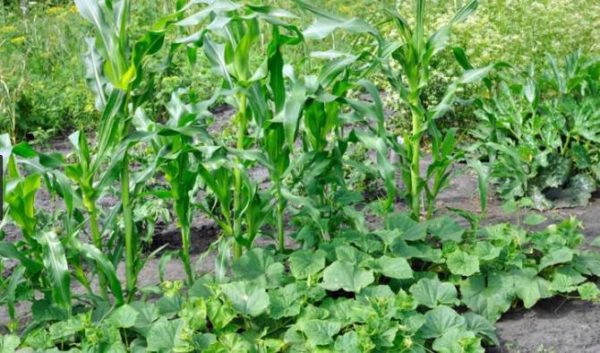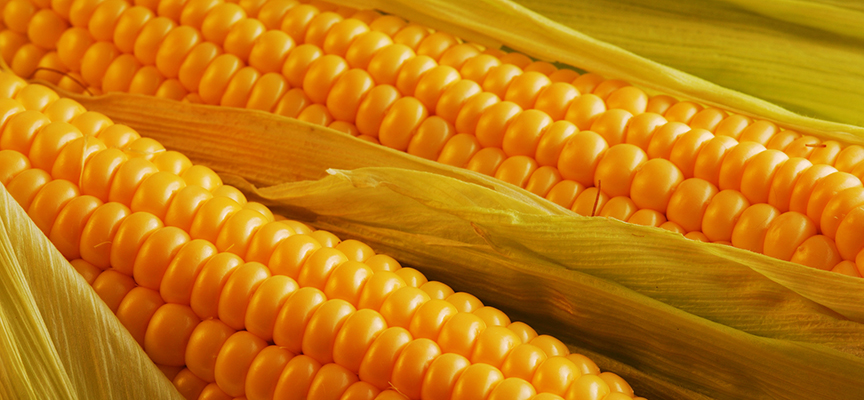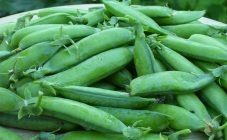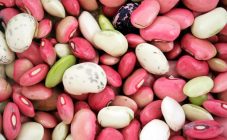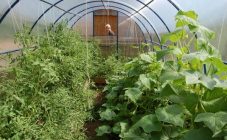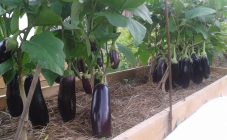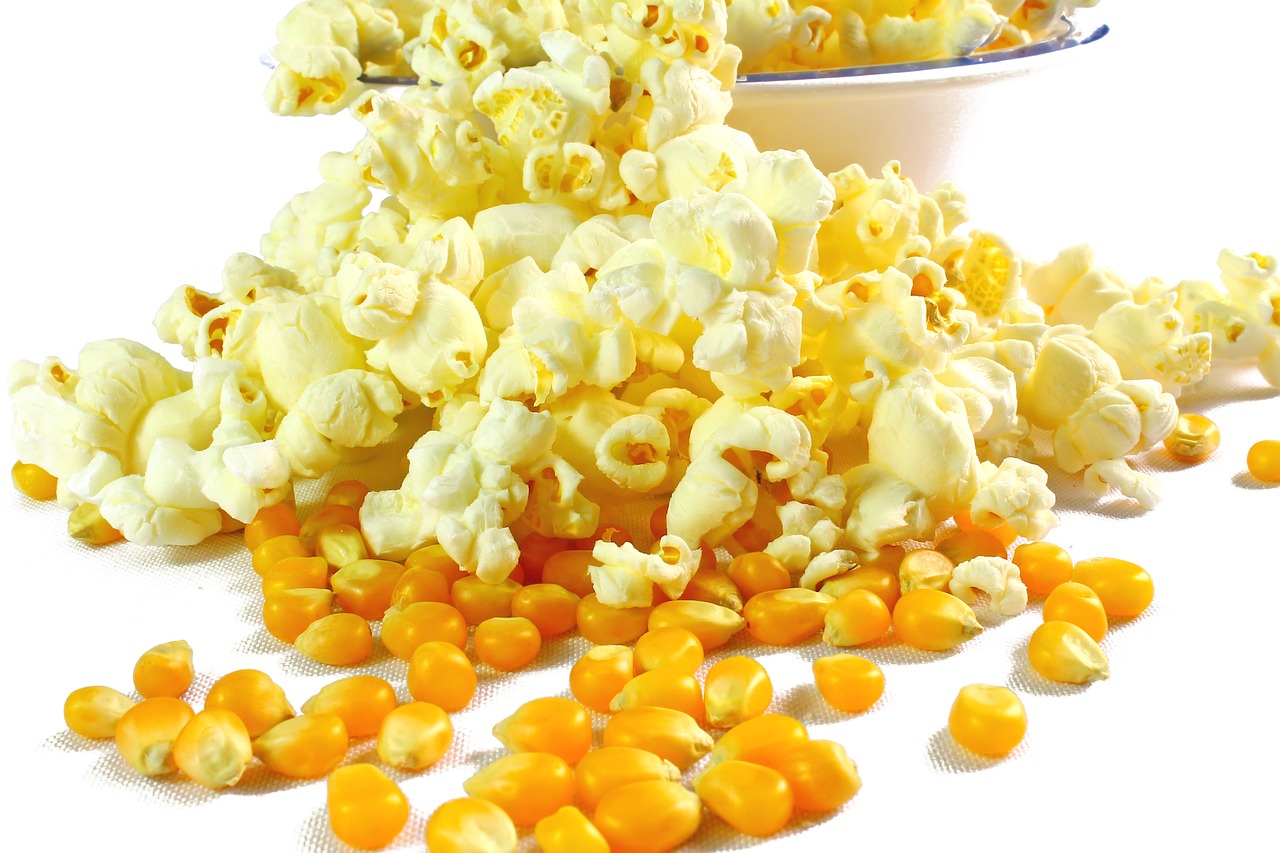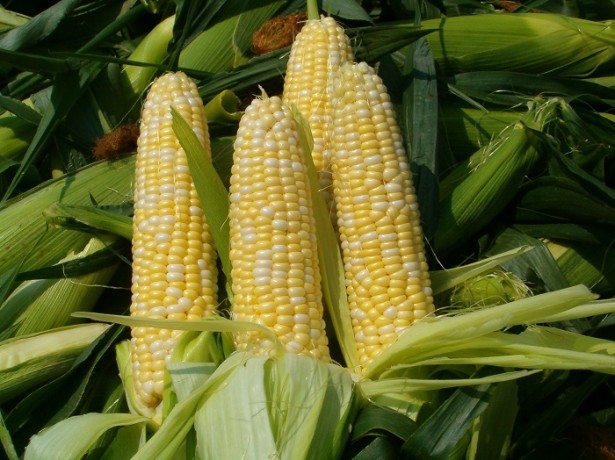Content:
The joint growth of various crops, their influence on each other, on productivity, diseases, on soil quality, is under the close attention of scientists and agronomists. The possibility of increasing the yield in the most natural way, without the use of a large amount of fertilizers and additives, as well as the rational use of the properties of the plants themselves for the benefit of each other is a promising direction in agriculture. Cucumbers and corn is a very interesting example to consider in this vein. It is worth figuring out how to properly plant cucumbers with corn, do it at the same time, or better in turn.
Conditions for growing cucumbers
The basic requirements for a good harvest of cucumbers: enough light, enough water, but no surplus, plus nitrogen-rich soil. If all these conditions are met, the harvest will be rich, the fruits will not taste bitter, the shape and size of the cucumber will correspond to those stated.
There are a very large number of varieties and even hybrids. Their main difference is that hybrids cannot be used as a seed source, which cannot be said for cucumber varieties. Different plant varieties have been developed for each type of climate. Each area has its own characteristics of soil composition and moisture content, as well as climatic features. All these components should be taken into account when choosing a variety for planting.
Varieties are classified according to size, color, shape and growing characteristics. Most farms require the use of nitrogen-enriched fertilizers during a period of active growth.
Features of growing corn
The favorable conditions for ripening corn are similar to those for cucumbers. She is also thermophilic, loves good watering and a similar soil composition. Achieving the best harvesting results requires an initially competent approach to creating conditions for planting and ripening crops. Corn loves windless and sunny areas, soft and loose soil with ample fertilization.
There are more and more varieties of corn every year, they are varied in the number of heads on the bush, in the rate of ripening of the ears, in size and in the amount of sugar in the composition.
Varieties are classified according to soil type and climatic zone of growth. Corn is now grown very much on an industrial scale. Corn is used to make flour and starch, cereals, canned and dried. On private farms, it is happily grown by summer residents and farmers because of its unpretentious disposition and good yield.
Re-pollination of cucumbers and corn
The corn is pollinated by the wind. Corn cobs of any other color than yellow are very rare. Almost no one plants rare overseas varieties of a different color in our country and it is unlikely that it will be pollinated in the wind with another variety. Globally, corn is not afraid of over-pollination.
But this cannot be guaranteed at all when planting cucumbers.Cucumber flowers are pollinated by bees and other insects. Here they are pollinated very quickly and unpredictably. Having collected seeds from your wonderful cucumbers, there is absolutely no guarantee that next year something unintelligible will not grow on the garden bed.
Using a small brush or cotton swab, you need to combine the pollen from the stamens and pistil inside the flower. After that, you need to isolate these flowers from insect access to them and wait for the harvest. And then collect the seeds from these fruits.
Neighborhood of cucumbers and corn. Cultural compatibility
The benefits of the joint existence of corn and cucumber seedlings in the same garden no longer raises doubts. This union can be called harmonious in many ways. The mutual benefit of both plants from each other is obvious: corn gives the shoots of cucumbers support and preservation of fruits, and cucumbers help to create shade in the soil and protect both the earth and the plant from drying out.
Their living together on the same bed is fruitful not only on the surface, but also in the ground: the roots of plants are located at different depths, do not interfere with each other and do not intertwine when properly planted. An excellent partnership of these two crops has long been used in agriculture and allows for good harvests of both cucumbers and corn.
There are several peculiarities when planting, feeding and fertilizing, as well as when forming a bed. If they are observed, cucumbers and corn on the same bed get along well.
When decorating a bed, it is convenient to plant corn in a row in the middle of the ridge, and cucumber seedlings in 2 rows along the edges, so that there is easy access from both sides for care and harvesting. And the corn in the middle will create natural conditions for the vertical growth of cucumbers, allowing them to trudge along their trunk as a support.
In areas where summers are short and sunny days are not enough, corn seedlings can be used after growing them at home. They need to be planted in warm soil and use varieties with the shortest ripening period.
The wonderful symbiosis of plants increases yields and allows you to get excellent results with less effort. With the right approach, the crop can be harvested from both crops up to frost and not even in the most favorable areas for growing these plants.
